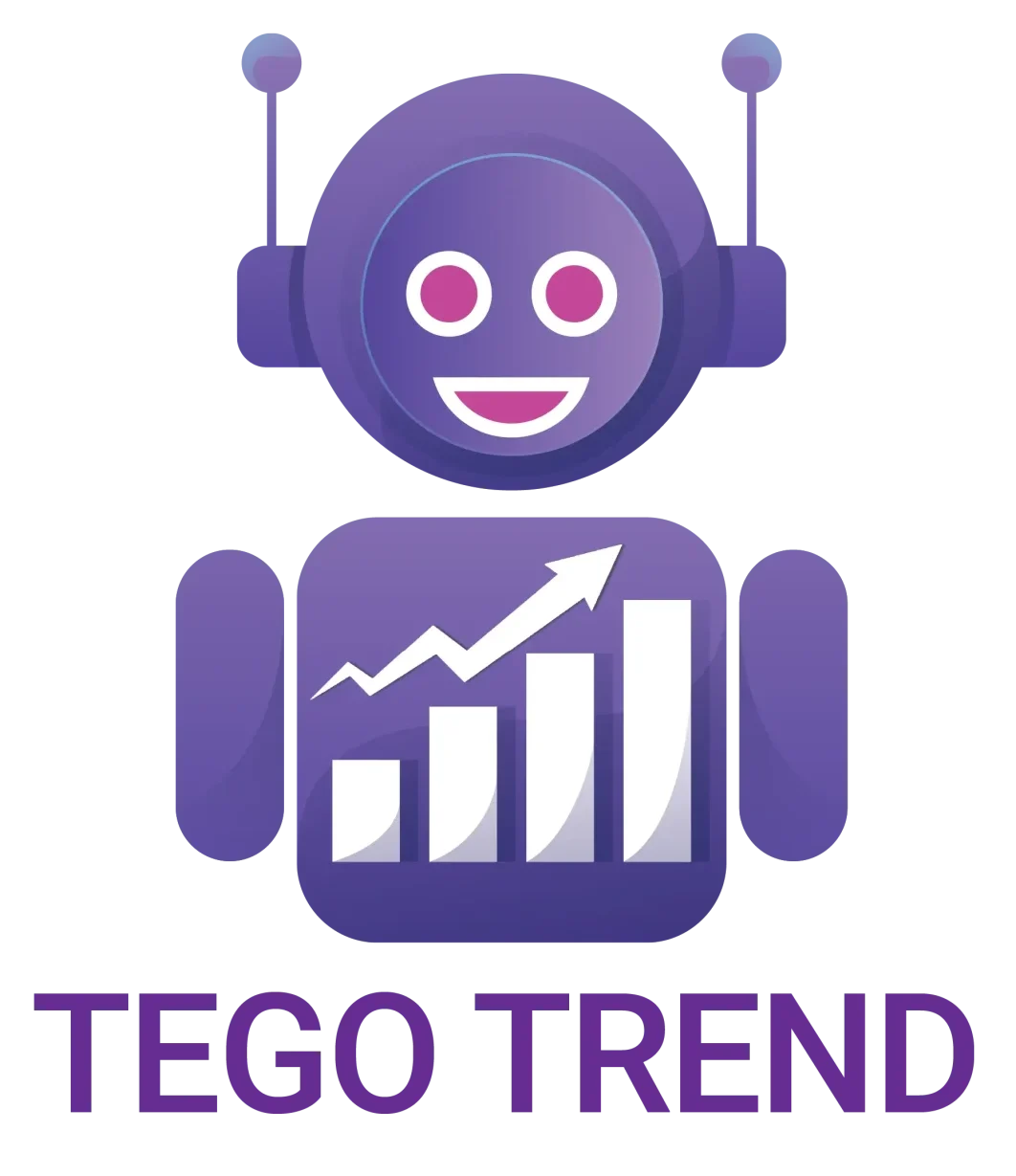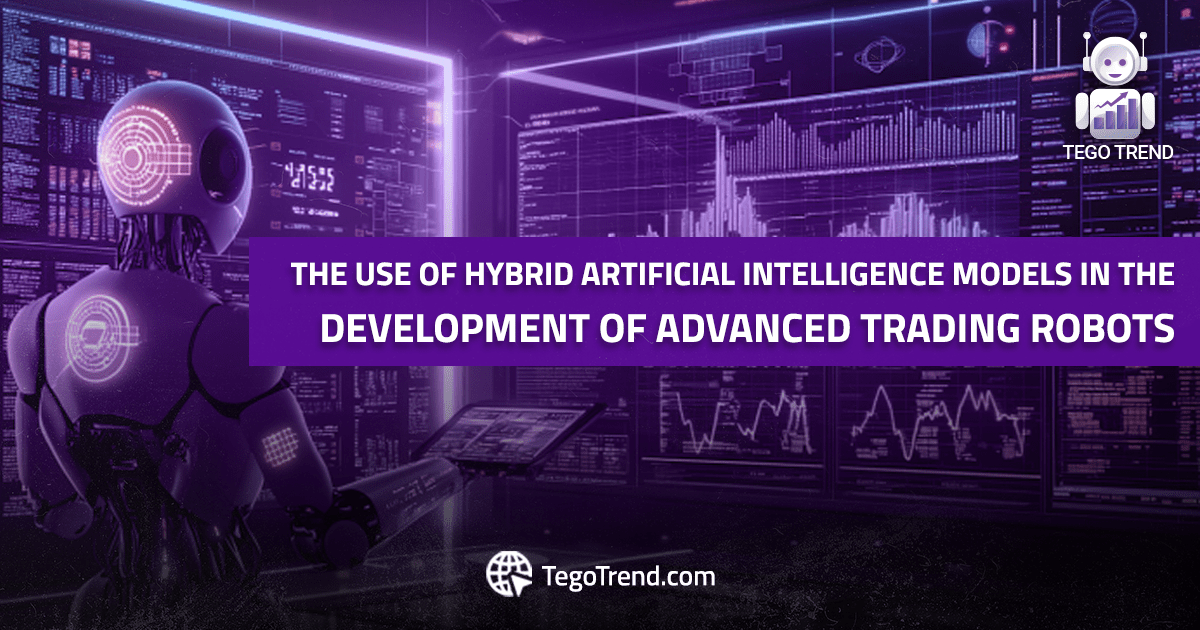Using Hybrid AI Models in Developing Advanced Trading Robots
The evolution of artificial intelligence (AI) in financial markets is no longer limited to using a single model for data analysis and decision-making. Instead, it has become essential to integrate multiple AI technologies to achieve more accurate and efficient decisions. This is why hybrid AI models have emerged, combining techniques such as deep learning, neural networks, and reinforcement learning to create trading robots that are better equipped to handle the complexities of financial markets.
What Are Hybrid AI Models?
Hybrid models are systems that integrate more than one AI technology into a single environment, allowing each model to leverage the strengths of the others. The core idea behind these models is to strike a balance between prediction accuracy, decision-making speed, and the ability to adapt to the changing conditions of financial markets.
For example, combining deep learning with statistical models can be highly effective. Deep learning can analyze hidden patterns in historical data, while statistical models provide insights into rates and averages that can be used to make more precise decisions.
Examples of Hybrid Models Used in Trading:
- Deep Learning + Sentiment Analysis: Used to predict the impact of news and tweets on the market.
- Reinforcement Learning + Neural Networks: This combination can teach a trading robot how to improve its strategy over time.
- Quantitative Models + Machine Learning: This model analyzes big data and identifies trading opportunities based on recurring patterns.
Why Are Hybrid Models Used in Trading Robots?
Financial markets are highly complex and depend on various factors such as economic news, supply and demand movements, and geopolitical events. Traditional models that rely on a single algorithm cannot fully address these factors, which is why hybrid models are used. They offer several benefits, including:
- Improving Prediction Accuracy
When a trading robot relies on multiple AI models, it can predict market movements with greater accuracy. For example, if a deep learning model can detect patterns in historical data, combining it with sentiment analysis can provide a deeper understanding of current trends.
- Enhancing Order Execution Speed
Trading robots need to execute orders very quickly, especially in high-frequency trading (HFT). Hybrid models provide real-time analysis of big data, enabling decisions to be made in fractions of a second.
- More Efficient Risk Management
Using hybrid models like reinforcement learning + quantitative analysis helps manage risks dynamically. The robot can adjust its strategy based on market conditions, reducing losses during volatile periods.
- Adapting to Market Changes
Financial markets are constantly changing, and traditional models often fail to adapt quickly. By combining reinforcement learning with neural networks, the robot can automatically adjust its strategy when unexpected market shifts occur.
Practical Examples of Hybrid Models in Trading
- Trading Robots Based on Deep Neural Networks and Statistical Models
In this case, the hybrid model uses deep neural networks to analyze big data while employing statistical models to fine-tune trading decisions based on average values.
- AI Robots Combining Reinforcement Learning and Quantitative Trading
The robot is trained using reinforcement learning, enabling it to develop new strategies over time based on past profits and losses. This system helps reduce errors and increases the robot’s operational efficiency.
- Sentiment Analysis + Deep Learning Robots
This type of robot relies on analyzing news, tweets, and social media to gauge public sentiment around various financial assets. It can predict price movements based on overall market sentiment.
Challenges Facing Hybrid AI in Trading
Despite the many advantages of hybrid models, they face several challenges, including:
- Difficulty in Training and Development: Developing a robot that relies on two or more models requires massive computational resources and accurate training data.
- High Energy and Data Consumption: Running hybrid robots requires enormous amounts of data, increasing operational costs.
- Risks of Misadaptation to the Market: Some models may build strategies based on historical events but fail to handle sudden crises or rare events.
The Future of Hybrid AI Trading Robots
As AI continues to evolve, trading robots will become smarter and more capable of handling complex market environments. Some future trends include:
- Robots Based on Explainable AI (XAI): This technology will provide a higher level of transparency, helping investors understand why the robot makes certain decisions.
- Improved Reinforcement Learning Models: Models capable of analyzing real-time data and adapting to it more effectively will be developed.
- Predictive AI: Models that can detect financial crises before they occur, enabling traders to take preventive measures.
Conclusion
Integrating different AI models into trading systems offers significant improvements in data analysis, market movement prediction, and risk management. Hybrid models help create more accurate and efficient robots, making them essential tools in the evolving world of financial trading. As AI continues to advance, trading robots are expected to become even more adaptable and predictive, transforming how trades are executed and investments are managed in financial markets.
You can learn about automated trading through our Automated Trading Learning Series on our YouTube channel via the following link


